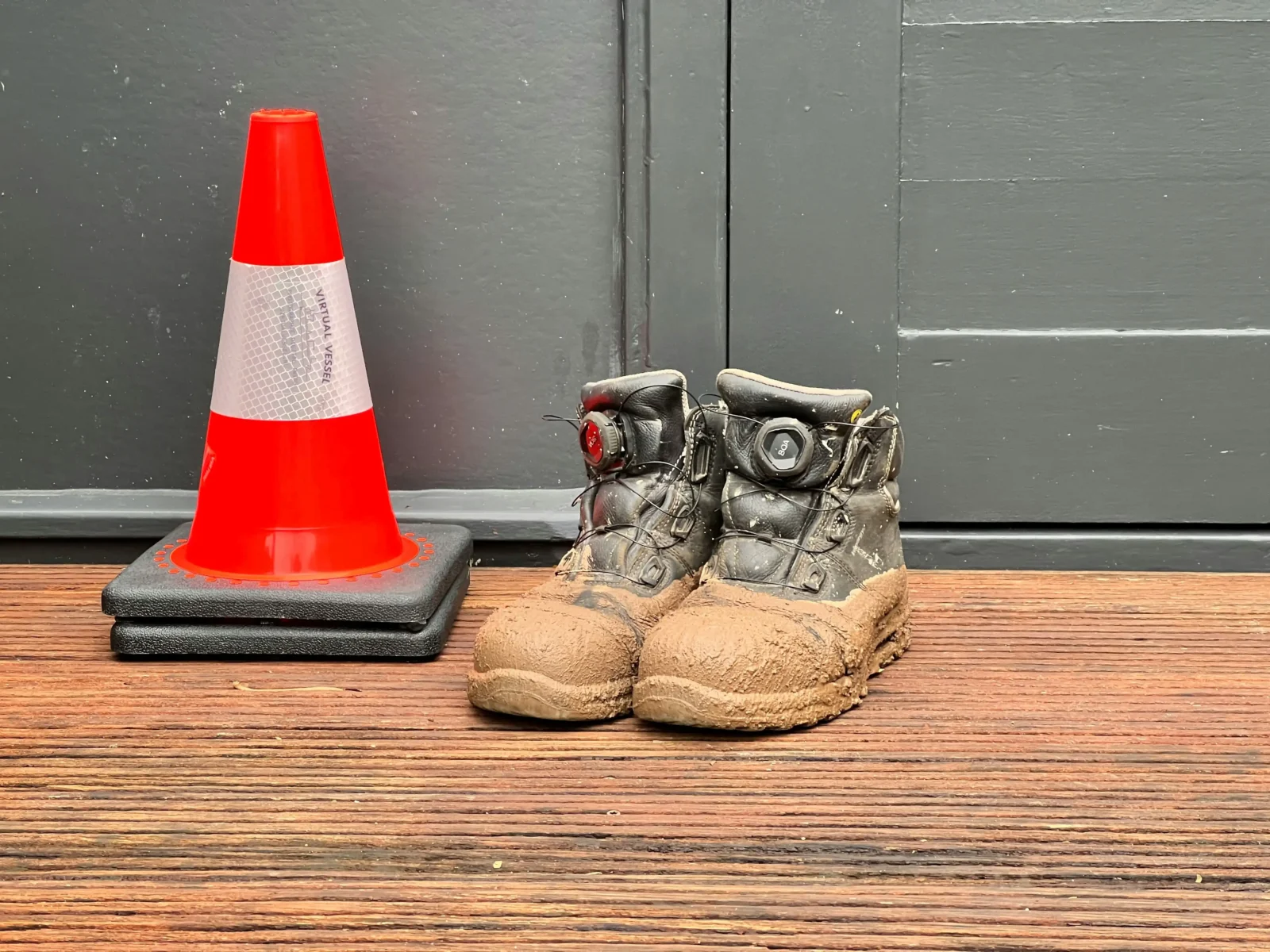- Home
- Articles
- Architectural Portfolio
- Architectral Presentation
- Inspirational Stories
- Architecture News
- Visualization
- BIM Industry
- Facade Design
- Parametric Design
- Career
- Landscape Architecture
- Construction
- Artificial Intelligence
- Sketching
- Design Softwares
- Diagrams
- Writing
- Architectural Tips
- Sustainability
- Courses
- Concept
- Technology
- History & Heritage
- Future of Architecture
- Guides & How-To
- Art & Culture
- Projects
- Interior Design
- Competitions
- Jobs
- Store
- Tools
- More
- Home
- Articles
- Architectural Portfolio
- Architectral Presentation
- Inspirational Stories
- Architecture News
- Visualization
- BIM Industry
- Facade Design
- Parametric Design
- Career
- Landscape Architecture
- Construction
- Artificial Intelligence
- Sketching
- Design Softwares
- Diagrams
- Writing
- Architectural Tips
- Sustainability
- Courses
- Concept
- Technology
- History & Heritage
- Future of Architecture
- Guides & How-To
- Art & Culture
- Projects
- Interior Design
- Competitions
- Jobs
- Store
- Tools
- More
Light Up Your Season: Exploring Different Types of Holiday Lights

Lighting has always been a crucial part of holiday celebrations. From the traditional Christmas tree to spectacular light shows, holiday lights symbolize joy and festivity. With so many options in the market today, knowing which type of holiday light will best suit your needs is hard. In this article, we’ll explore different types of holiday lights that you can use to brighten up your season.
Table of Contents
ToggleLED Lights
LED lights have become increasingly popular due to their energy efficiency and longevity. These lights use light-emitting diodes (LEDs) instead of traditional incandescent bulbs, making them more durable and long-lasting. They are also available in various colors and designs, including classic white and multicolored options.
LED lights are also much safer to use than other holiday lights. They produce less heat, reducing the risk of fire hazards. LED lights are also cool to touch, making them safe for children and pets. Although they may be slightly more expensive up front, their energy efficiency and longevity make them a cost-effective option in the long run.

Incandescent Lights
Incandescent lights are the traditional holiday lights that most of us grew up with. These lights use a filament inside a glass bulb to produce light. They come in various shapes, sizes, and colors, making them suitable for all holiday decorations.
One major drawback of incandescent lights is their energy consumption. They use more electricity and produce more heat, making them less energy-efficient and potentially hazardous. However, they are still popular due to their affordability and nostalgic charm.
Solar Lights
Solar lights have gained popularity in recent years as an eco-friendly option for holiday lighting. These lights use solar panels to convert sunlight into electricity, eliminating the need for electrical outlets or extension cords. They are available in various styles, including string lights, pathway lights, and even decorative figures.
One major advantage of solar lights is their energy efficiency. They are powered by renewable energy and can save you a significant amount on your electricity bill. However, they may not be suitable for areas with limited sunlight or during the shorter days of winter.
Battery-Powered Lights
Battery-powered lights offer a convenient option for holiday lighting. These lights are powered by AA or AAA batteries, eliminating the need for electrical outlets or extension cords. They come in various colors and designs, making them suitable for all decorations.
One major advantage of battery-powered lights is their versatility. They can be used indoors and outdoors and are easily portable, making them perfect for decorating hard-to-reach areas. However, they may not be a cost-effective option in the long run, as batteries need to be replaced regularly.

Projector Lights
Projector lights have become increasingly popular due to their ease of use and stunning effects. These lights project various holiday-themed images onto walls, floors, or even trees using LED technology. They come with interchangeable slides and can cover large areas, making them perfect for outdoor decorations.
One major advantage of projector lights is their convenience. They are easy to set up and require minimal effort compared to other holiday lights. However, they may not be suitable for all surfaces and can be affected by external lighting.
Other Factors to Consider
- Energy consumption – When choosing holiday lights, consider their energy efficiency. For instance, LED lights consume less power than incandescent lights, helping you save on electricity bills. On the other hand, solar lights use renewable energy, making them an eco-friendly option.
- Ease of installation – The ease of setting up and taking down your holiday lights is another key consideration. For instance, projector lights can cover a large area with minimal setup, while string lights may require more effort to install.
- Safety – It’s crucial to consider safety when dealing with holiday lights. LED lights are safer as they produce less heat, reducing the risk of fire hazards. Always check for safety certifications on the product packaging to ensure the lights meet safety standards.
- Durability – The durability of holiday lights is another important factor to consider. Lights that are weather-resistant and made of high-quality materials can withstand harsh outdoor conditions and last for several seasons.
- Aesthetics – Lastly, choose lights that complement your holiday theme. With permanent holiday lights, you can enjoy a festive and hassle-free lighting solution year-round, eliminating the need for seasonal installations and takedowns. Consider the size, color, and design of the lights. For instance, classic white LED lights can create a sophisticated look, while multicolored lights can give a more festive vibe.
Professional Installation vs. DIY
Choosing between professional Installation and DIY largely depends on your comfort level with handling lights, available time, and budget.
Professional Installation
Opting for professional installation can offer numerous benefits. Professionals have experience in handling numerous light types and have the necessary tools to ensure a safe and efficient installation. They can design eye-catching light displays that precisely match your vision and ensure your setup meets all safety codes.
Professional installers also often offer maintenance services, ensuring your lights remain in perfect condition throughout the festive season.
However, these services come at a cost, and professional installation can be significantly more expensive than a DIY project. If you need help with lighting this holiday season, get in touch with professionals before getting started.
DIY Installation
On the other hand, a DIY installation gives you full control over your holiday lighting, from design to execution. It can be a fun, festive activity with family, creating holiday memories as you decorate. It’s also more budget-friendly, as you’ll only need to cover the cost of the lights and any necessary tools.
However, DIY installation requires a significant time investment. Plus, without professional experience, you might face challenges in setting up more complex lighting displays, and there are increased safety risks if the lights aren’t installed correctly.
Conclusion
Remember to prioritize safety and energy efficiency, no matter what type of holiday lights you choose. Consider factors such as energy consumption, ease of installation, durability, and aesthetics.
Whether you opt for a professional installation or a DIY project, let the holiday spirit shine this season with beautiful and festive lights.
illustrarch is your daily dose of architecture. Leading community designed for all lovers of illustration and #drawing.
Submit your architectural projects
Follow these steps for submission your project. Submission FormLatest Posts
Understanding Site Safety Footwear in Architectural Practice
Architecture is often discussed through drawings, models, and finished buildings, yet a...
General Arrangement Drawings in Architecture: The Backbone of Clear Design Communication
General Arrangement Drawings explained: what they are, when to use them, how...
The Ultimate Guide to Fencing in North Dakota: Choosing the Best Fence for Your Property
Watching a chain link fence twist in 70 mph winds near Minot...
Gaudí: Where Architecture Meets Science
Gaudí: Where Architecture Meets Science shows catenary arches, ruled surfaces, and biomimicry...












Leave a comment